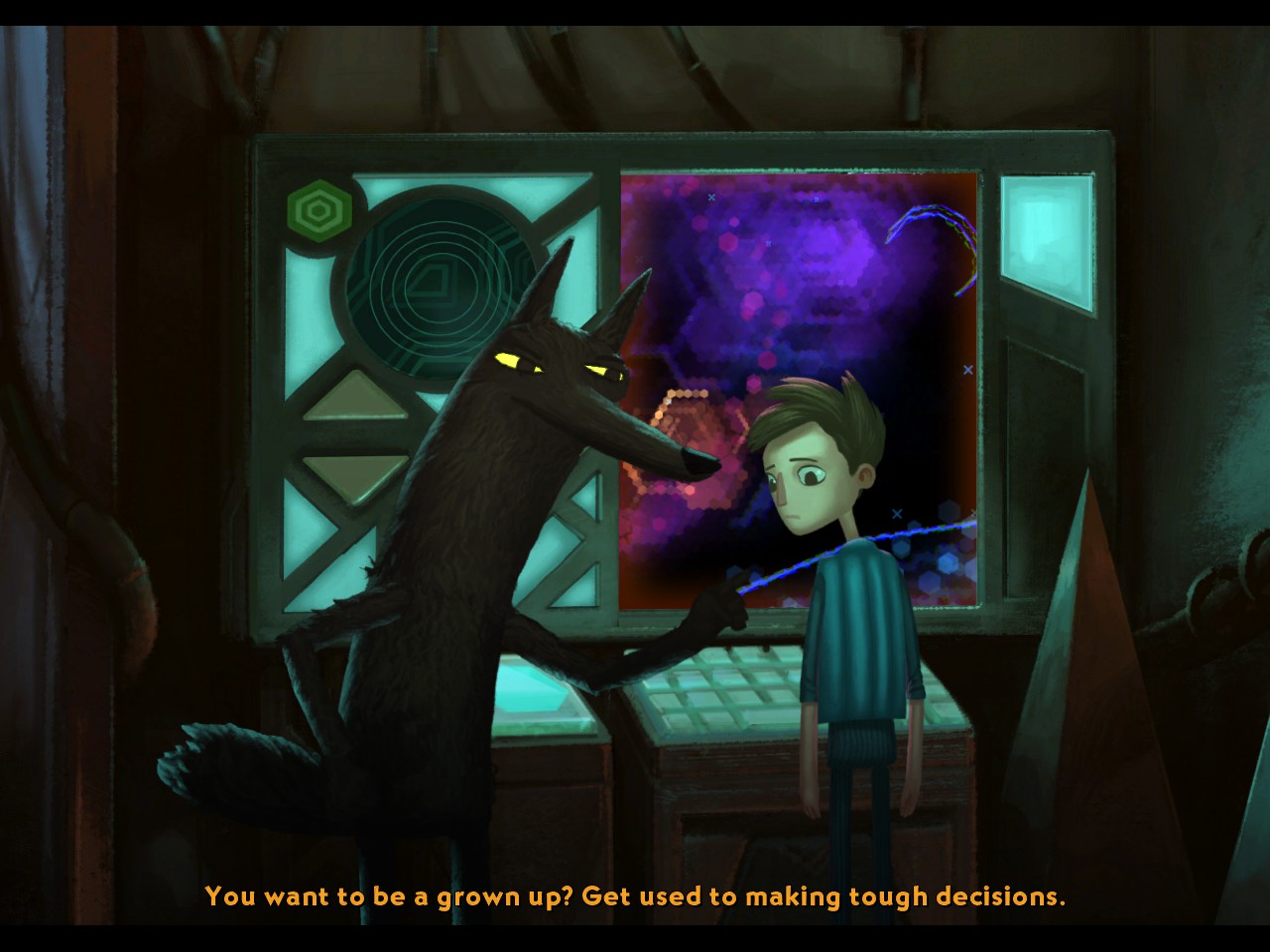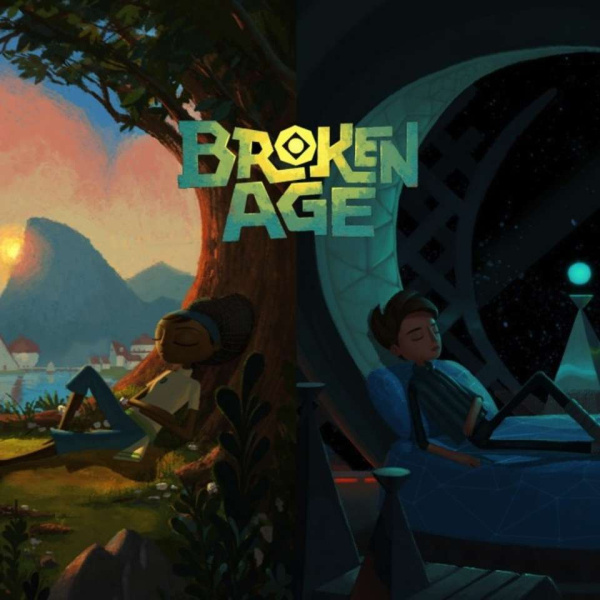


Cuprates are displayed as blue diamonds, and iron-based superconductors as yellow squares. On the right one can see the liquid nitrogen temperature, which usually divides superconductors at high from superconductors at low temperatures. The superconductivity in these compounds, however, has recently come under question. The current T c record holder is carbonaceous sulfur hydride, beating the previous record held by lanthanum decahydride by nearly 30 °K. In fact, many articles on high-temperature superconductors can be found on this research on high pressure gases, which are not suitable for practical applications. Some extremely-high pressure superhydride compounds are usually categorized as high-temperature superconductors. Magnesium diboride is sometimes included in high-temperature superconductors: It is relatively simple to manufacture, but it superconducts only below 43°K, which makes it unsuitable for liquid nitrogen cooling (approximately 30 °K below nitrogen triple point temperature). The second class of high-temperature superconductors in the practical classification is the iron-based compounds. The main class of high-temperature superconductors is copper oxides combined with other metals, especially the Rare-earth barium copper oxides (REBCOs) such as Yttrium barium copper oxide (YBCO). However, overcoming these drawbacks is the subject of considerable research, and progress is ongoing. For example, most ceramics are brittle which makes the fabrication of wires from them very problematic. Ceramic superconductors are suitable for some practical uses but they still have many manufacturing issues. The majority of high-temperature superconductors are ceramic materials, as opposed to the previously known metallic materials. This is important when constructing superconducting magnets, a primary application of high- T c materials. A second advantage of high- T c materials is they retain their superconductivity in higher magnetic fields than previous materials. The major advantage of high-temperature superconductors is that they can be cooled by using liquid nitrogen, as opposed to the previously known superconductors which require expensive and hard-to-handle coolants, primarily liquid helium. Most high- T c materials are type-II superconductors. The first high-temperature superconductor was discovered in 1986, by IBM researchers Bednorz and Müller, who were awarded the Nobel Prize in Physics in 1987 "for their important break-through in the discovery of superconductivity in ceramic materials". In absolute terms, these "high temperatures" are still far below ambient, and therefore require cooling. The adjective "high temperature" is only in respect to previously known superconductors, which function at even colder temperatures close to absolute zero. High-temperature superconductors (abbreviated high- T c or HTS) are defined as materials that behave as superconductors at temperatures above 77 K (−196.2 ☌ −321.1 ☏), the boiling point of liquid nitrogen. Thanks to its higher operating temperature, cuprates are now becoming competitors for more ordinary niobium-based superconductors, as well as magnesium diboride superconductors. BSCCO is a cuprate superconductor based on bismuth and strontium. Notably, it does not contain rare-earths. Shay: "Don't worry, it just started a new branch.A sample of Bismuth strontium calcium copper oxide (BSCCO) which currently is one of the most practical high-temperature superconductors. Tree: "No, what? I have all my money in the First National Tree Bank!" Shay: "Did you hear about the First National Tree Bank?" (Example of a joke the tree will laugh at) Tree: "Yeah, please leave before I vomit, you foul, rootless stump!"

Vella: "I'll let you get back to your screaming." Later, Shay must tell him a joke to cause the tree to laugh enough so the Singing Fish falls from his branches. Shay shows the Dialogue tree a picture of Vella, which causes him to vomit sap onto the Sand Superconductive Gyroscopic Hypocam. Vella later shows the tree a wooden stool to make it throw up sap into a bucket. Vella first interacts with the Dialogue Tree by cutting its "mouth" open with an axe. It hates most humans, particularly Vella and Curtis, but takes a liking to Shay. The Dialogue Tree is a talking tree located in the forest.


 0 kommentar(er)
0 kommentar(er)
